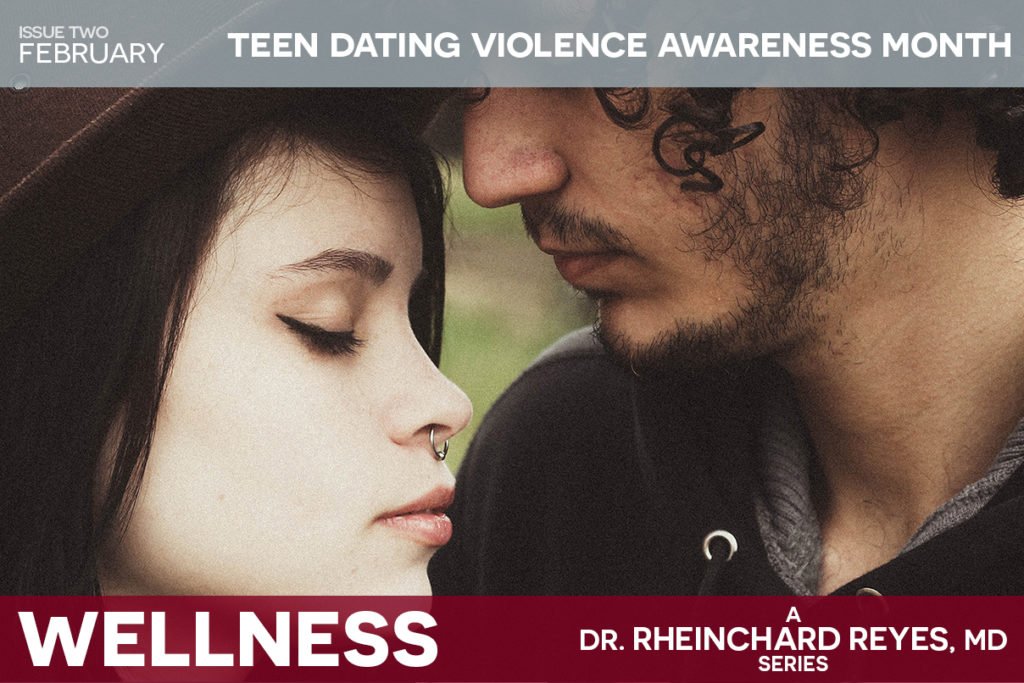February is known our world over as the month that hosts carnivals. It is also the time of the year when we celebrate love symbolically on the 14th, that is, Valentine’s Day. Amidst all this fun and good vibes, there is a darker side we would be remiss not to look at more closely. February has been selected as Teen Dating Violence Awareness Month (TDVAM) in an effort to raise consciousness of this social scourge. It is important to be aware of some of the facts surrounding it, that we may better educate our young adults about how, above all else, love is respect.
Chilling Stats
One in three teenagers is the United States will have experienced some form of physical, sexual or emotional abuse by the person they are dating or in a relationship with by the time they hit adulthood.
In the specific case of physical abuse, this figure wanes, but it is still significant: one in ten teens have reported physical abuse by their partner —whether it is a boyfriend or a girlfriend— in the last year alone.
Over two-fifths (43%) of women who date in college report violent and abusive dating behavior.
The gamut of forceful, abusive behaviors is so ample it would be next to impossible to list them all, but here are several types and common forms of violence or abuse thereof:
Physical Abuse
- scratching, punching, biting, strangling, kicking, pushing, shoving
- throwing something, such as a plate
- using a gun, knife or any other weapon to threaten
- smacking bottoms without consent
- forced sexual acts
- grabbing or holding down a person to prevent them from leaving
- calling names and putting someone down
- intentional embarrassment in public
- threatening to expose secrets
- preventing seeing/talking to family and friends
- gaslighting techniques
- using social media and cells phones to control, start rumors, and intimidate
- unwanted kissing and touching
- unwanted violent sex
- rape or attempted rape
- refusing the use of condoms or restricting access to birth control
- sex with very drunk or drugged, or unconscious, persons who have no will power or the ability to say yes or no
- using sexual insults
- giving an allowance and controlling expenditure
- redirecting someone’s paycheck to another account
- limiting access to shared accounts
- forbidding someone to work or limiting their hours
- maxing out credit cards without permission
- giving presents or the like and expecting a return on investment
Digital Abuse
- sending negative, insulting and threatening emails
- sending unwanted, explicit pictures with a strong sexual undertone
- pressing the partner to send explicit sexual videos
- stealing passwords
- using spyware, GPS or other forms of IT for monitoring purposes
- online and digital stalking
Sources:
- https://healthfinder.gov/NHO/FebruaryToolkit2.aspx
- https://www.loveisrespect.org/teendvmonth/
- https://www.loveisrespect.org/wp-content/uploads/2019/01/Huddle_Up_Print.pdf


